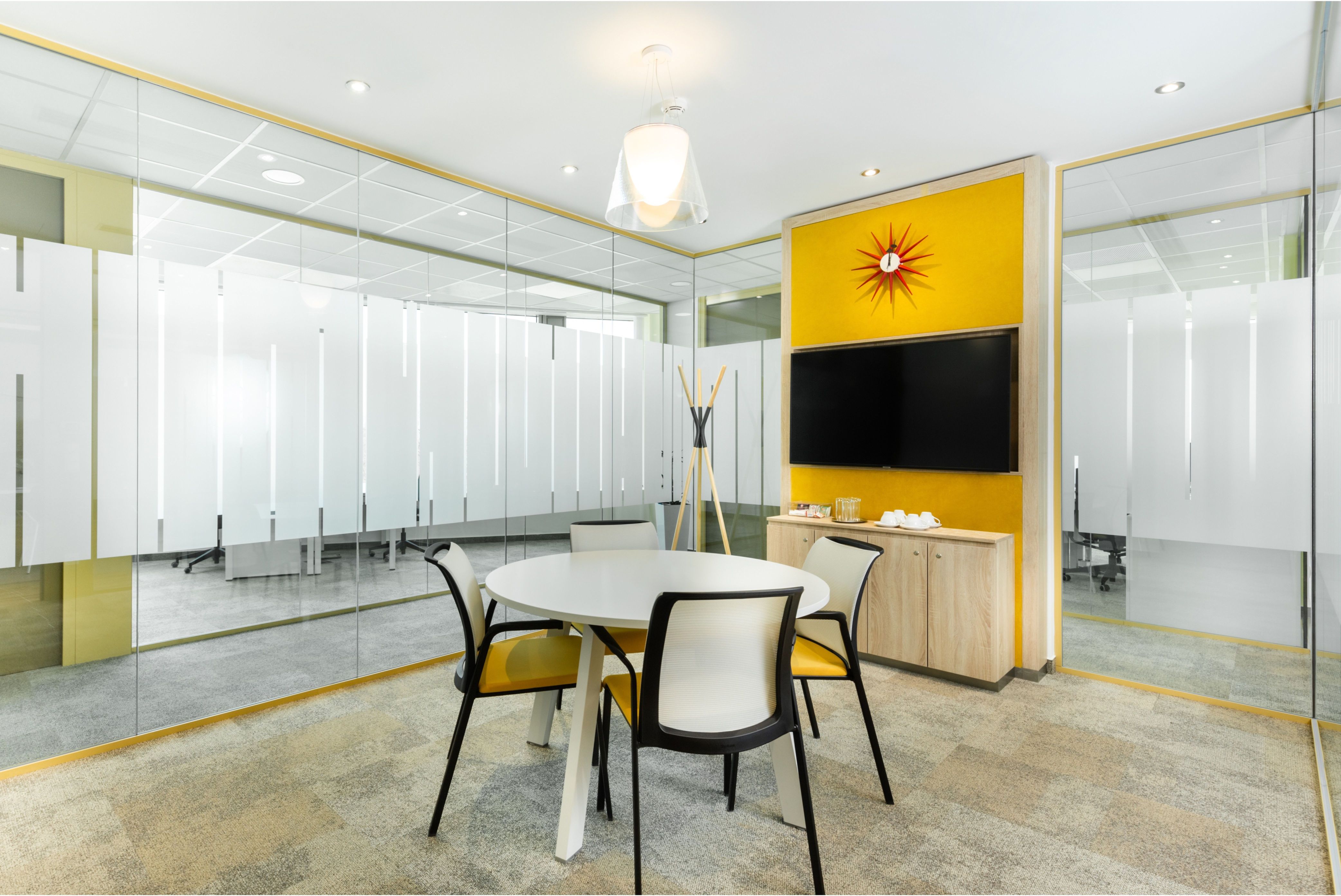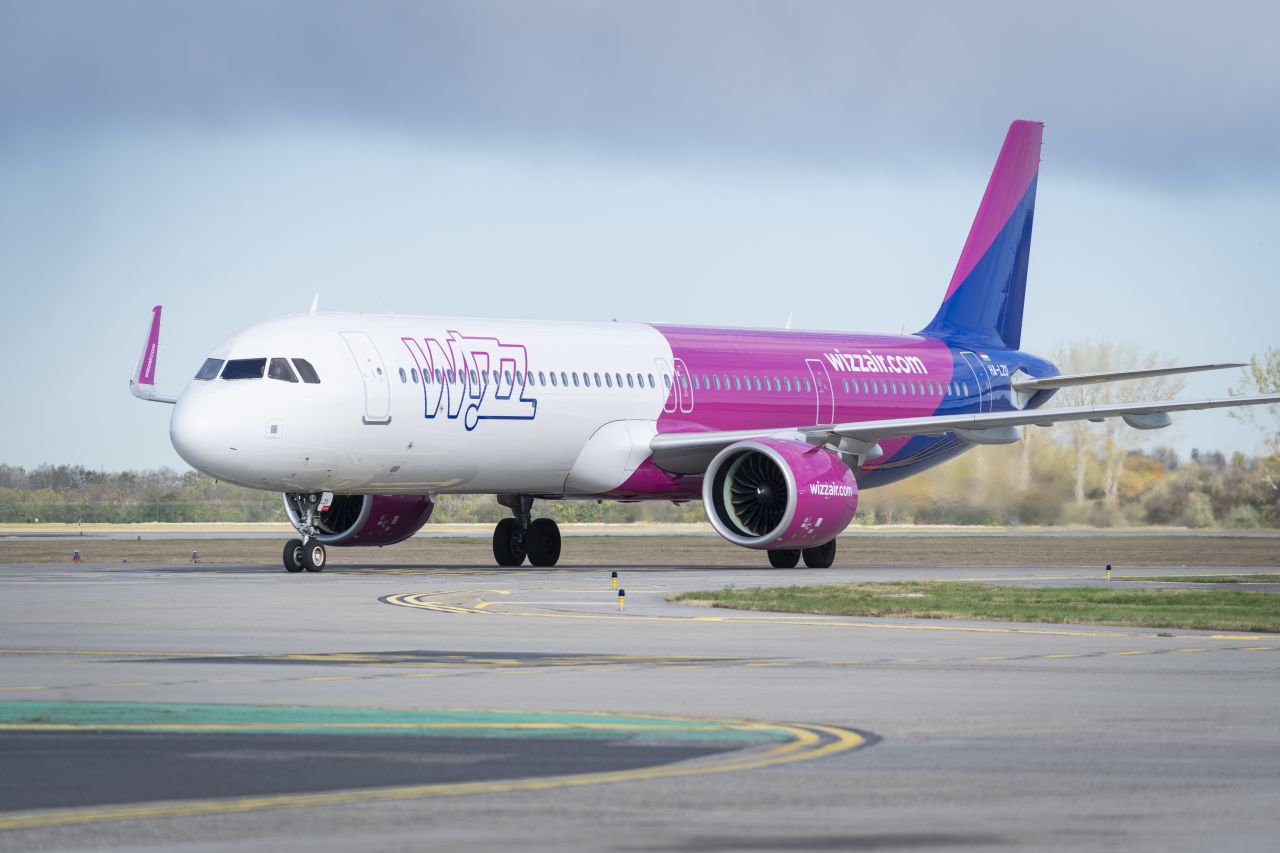CEE Investments Stable Despite Economic Environment
.jpg)
The 20,000 sqm Green Court Office, bought by Groupama Gan REIM, on behalf of SCPI Affinités Pierre, for EUR 77 million from CODIC Hungary and Pesti Házak.
The year 2022 saw an increasing trend for the prominence of domestic Central and Eastern European capital across investment transactions in the region and a downturn in investment activity, according to Colliers in its latest CEE regional report.
“The war in Ukraine has affected the economic situation of all countries from the CEE region, ESG moves from ‘nice to have’ to a market standard in all RE market segments, and increasing construction, operation, and transportation costs translate into increasing costs in all real estate sectors. These are some of the key findings in Highlights 2022: CEE-6 Real Estate Market,” the consultancy says in its outline.
Last year saw a slowdown in investment volumes compared to previous years, owing to the elevated financing costs, availability of fewer products and general market uncertainty.
“Investors from the Czech Republic, Hungary, Romania and Slovakia, in particular, proved that local market knowledge and presence are the keys to success. Approximately 35% of the investment volume came from CEE-based investors,” Colliers says.
“Asset price corrections compared to the level before the war generate appealing market opportunities for investors. Further inflows of capital from Romania, the Baltic States, the Czech Republic and Hungary are expected,” it continues
Significant Transactions
There were two particularly significant transactions in Hungary in 2022. The first of these was the acquisition by Groupama Gan REIM, on behalf of SCPI Affinités Pierre, of the 20,000 sqm Green Court Office for EUR 77 million from CODIC Hungary and Pesti Házak. The other was the purchase by Hungary’s Adventum of the Tesco portfolio in Hungary and the Czech Republic for EUR 219 million.
Concerning the supply of assets, Colliers has traced 200,000 sqm of speculative office assets delivered during 2022. Further, a noted delivery was the long-awaited MOL Campus building. The new MOL headquarters provides Budapest with its first skyscraper at 147 meters tall in South Buda’s riverside BudaPart development, which is seeing the creation of an entire neighborhood of retail, office and housing units.
In comparison, only 77,000 sqm was delivered in the Prague office market, the third-lowest volume over the last 10 years. This is despite gross take-up reaching 500,000 sqm, making it one of the most successful years for the market. 2022 saw the lowest level of supply in most CEE office markets, although demand is again reaching pre-COVID levels, with hybrid working as the norm.
In Poland, the volume of office delivery in eight of its regional cities exceeded that of the capital Warsaw for the first time.
In the hotel market, the deteriorating operating environment could cause a number of underperforming hotel projects to become insolvent, providing opportunities for investors and private equity firms to buy them at a favorable discount.
Notable Success
A noted success for incoming investment into Hungary is the signing last year of an agreement between the municipality of Debrecen and Contemporary Amperex Technology Co., Limited (CATL), a Chinese global leader in lithium-ion battery development and manufacturing.
The most extensive greenfield development yet in Hungary will see the building of what is described as the largest battery factory in Europe, with the new manufacturing facility to be delivered on a 220-hectare site in the south of the city.
The volume of investment into the project is put at EUR 7 billion, and 9,000 people will be employed at the factory. That is a significant number under any circumstances, but especially so in Hungary, where the labor markets are tight, and the recent government priority has been attracting high added-value jobs, placing quality over quantity.
Production is planned to start in 2025 with Mercedes Benz and BMW, both of which have their own plants in Hungary, intending to use the batteries in their products. BMW’s factory, which is under construction and, when operating fully, will produce 150,000 electric vehicles a year in a EUR 1 billion investment, is also located in Debrecen.
This article was first published in the Budapest Business Journal print issue of January 27, 2023.
SUPPORT THE BUDAPEST BUSINESS JOURNAL
Producing journalism that is worthy of the name is a costly business. For 27 years, the publishers, editors and reporters of the Budapest Business Journal have striven to bring you business news that works, information that you can trust, that is factual, accurate and presented without fear or favor.
Newspaper organizations across the globe have struggled to find a business model that allows them to continue to excel, without compromising their ability to perform. Most recently, some have experimented with the idea of involving their most important stakeholders, their readers.
We would like to offer that same opportunity to our readers. We would like to invite you to help us deliver the quality business journalism you require. Hit our Support the BBJ button and you can choose the how much and how often you send us your contributions.







